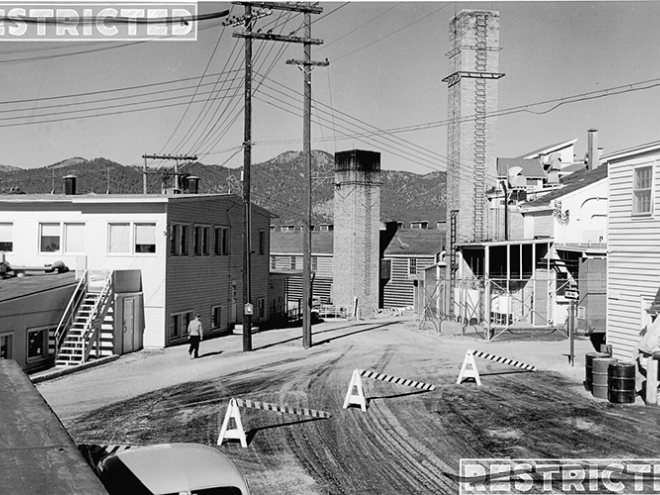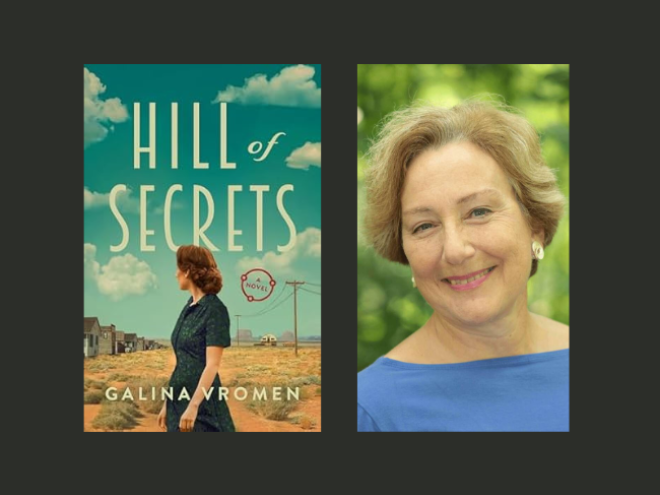This wonderful work of historical fiction brings the reader to the makeshift desert town of Los Alamos, New Mexico in 1944, during the Manhattan Project. Author Rachel Robbins skillfully navigates between two parallel stories, and the reader is surprised even in hindsight about how events unfolded.
Dr. Alice Katz is a sharp, beautiful, elegant, ambitious, and dedicated scientist. She is the only woman on location who has a high-enough security clearance to work directly on research and experiments. Other women in the novel are assistants and secretaries, teachers, wives, and full-time moms. Most are ignorant about the nature of the work being done.
Alice’s story begins when she arrives in town. She, like nearly everyone else on the campus, doesn’t really have a clue about what she’s signed up for; she knows only that it’s an opportunity to work in her field. Her fiancé is away fighting in Europe, and he dreams of coming back to a traditional marriage with a loving housewife.
Alternating chapters are told from the perspective of Haruki, a former resident of Hiroshima and a survivor of the effects of the horrific atom bomb. Haruki’s tale begins in 1996 at the Peace Memorial Park, where there are cranes and blazing red blooms of poisonous oleander. As the story goes back in time, we read about Haruki’s struggles with multiple health issues. He is a student and meets his true love, Shinju, in school. It is love at first sight, but her parents refuse to allow their relationship because of Haruki’s illness. Haruki also loves his sister, Junko, who is much younger, and for whom he takes responsibility.
Another character, Caleb, is an SED — a Special Engineer Detachment — in the experimental physics division. While he hasn’t yet finished his degree, he is lured to Los Alamos with the hope of leaving his protected environment, helping his family financially, and advancing his career. He is from a poor Orthodox Jewish family in Brooklyn and is quite observant himself. Thrown into a residential situation with a mix of non-Jews and secular Jews, Caleb finds himself dealing with antisemitism. Caleb’s brother, Asher, is a pilot in the Royal Air Force, deployed to the Mariana Islands. Caleb has heard nothing from Asher, and he is in rare contact with his old-world parents, who disapproved of his move to Los Alamos. Caleb has a low security clearance, but as a participating male, he is able to glean both the purpose of the scientific experiments and their apocalyptic potential.
The story includes scientific details and gory lab accidents. Class and religion are discussed, as are the barely thought-about effects of this encampment and its work on local Indigenous people’s lives. The author focuses on those a‑ha moments when the scientists realize the awful truth of their classified work and the enormity of their mission.
The Sound of a Thousand Stars is a well-written, engaging story about humanity and evil.
Miriam Bradman Abrahams, mom, grandmom, avid reader, sometime writer, born in Havana, raised in Brooklyn, residing in Long Beach on Long Island. Longtime former One Region One Book chair and JBC liaison for Nassau Hadassah, currently presenting Incident at San Miguel with author AJ Sidransky who wrote the historical fiction based on her Cuban Jewish refugee family’s experiences during the revolution. Fluent in Spanish and Hebrew, certified hatha yoga instructor.





